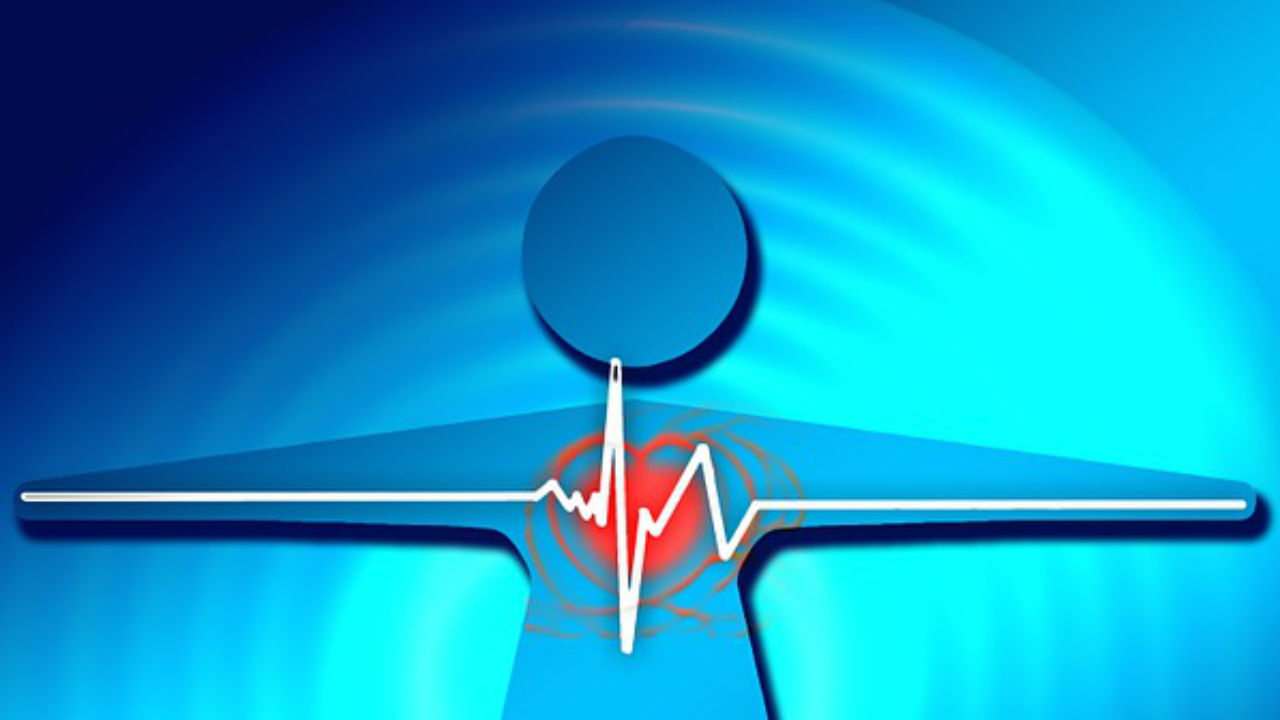Dr. Su shows the tools that are used when performing a heart catheter ablation.
Dr. Su:
So the tools we use certainly depends on what type of rhythm we’re going after and what type of information we need to gather from inside the heart. More often than not, we at least have catheter depth find really electrical information. So for example, this is a catheter with plenty electrical poles. This is something that we insert through the access in your groin vein. Actually, it will go up to the heart, and we put it into strategic locations that we need to record the electrical information. Sometimes there are as many as 4, 5, 6 different catheters in the heart at one time. Sometimes we just need one.
And so this is a recording catheter, for example. Sometimes after we find the abnormal circuit, we like to be able to get rid of the abnormal spot. For example, we talked about cryoablation. So this will be like a surgical instrument, looks very similar and also has electrical connectors’ information that will relay signal. But more importantly, this would deliver freezing for this one catheter, and for cryoablation, this will actually freeze the tissue at more than –80° Celsius. So the tissue can sustain irreversible damage, therefore getting rid of the abnormal circuits.
Certainly there are the conventional burning type of catheter. Certainly it looks very similar, but this type of a catheter is a radio frequency catheter, comes in difference sizes, curves, tips, and we use this to target after abnormal site just like we used for the cryoablation. We spoke about the difference between cryoablation and radio frequency ablation before, so this type of catheter is used similarly, except this one would deliver radio frequency power and heat up the tissue.
There are even more specialized instruments, for example, this one. This is actually an ultrasound catheter, so instead of carrying information about electricity in the heart, this will actually create an image inside the heart, just like how we use the ultrasound, when we look at the babies or look at the heart from the outside of the body. This is the ultrasound probe that actually goes inside a heart and give us a beautiful image from inside of heart outwards.
So this came into use to create three-dimensional picture of the heart from inside a heart because everybody’s heart is different, and this helps us navigate what’s going on. One of the tools we have for mapping out abnormal rhythm certainly, they come in different forms. Here is one that’s a basket, essentially. This goes into the groin area, and this is inflated inside the heart. This actually creates an array in the heart that is just like us walking into a room being able to tell, "Gosh, there’s the abnormal rhythm coming from that corner of the room," and a little bit like science fiction. But this is what we’re able to do at this day and age.
So similar to recording electrical information from one of the catheters, sometimes we have just one single pairs of wire, sometimes 20 different pairs of wires, sometimes a few 100. And for this one, I believe this one has 64 and it’s like having 64 pairs of eyes looking at abnormal rhythm all at the same time. And with tools like this, we can even map out abnormal rhythm coming from one part of the heart in one beat, a single beat mapping.
Dr. Su, M.D., F.A.C.C.:
Dr. Wilber Su is board certified in Internal Medicine, Cardiology, and Cardiac Electrophysiology, and is on staff at Banner Good Samaritan Hospital, St. Joseph Hospital, Maricopa County Medical Center, St. Luke’s Medical Center, and Banner Desert Samaritan Hospital in Phoenix, Arizona. He received his undergraduate degree with honors in biomedical engineering at Massachusetts Institute of Technology (M.I.T.), and attended medical school at Tufts University School of Medicine in Boston. He also trained at the Mayo Clinic in Rochester, Minnesota in cardiology and cardiac electrophysiology. He is involved in ongoing studies on national trials to improve complex arrhythmia treatments and mentors electrophysiologists across the country on complex ablations and cardiac device implantation techniques. Dr. Su specializes in atrial fibrillation ablation, arrhythmia ablations, Implantable Cardiac Defibrillators (ICD) among other heart conditions and procedures.
View Dr. Su Videos:
https://www.empowher.com/users/dr-wilber-su


















